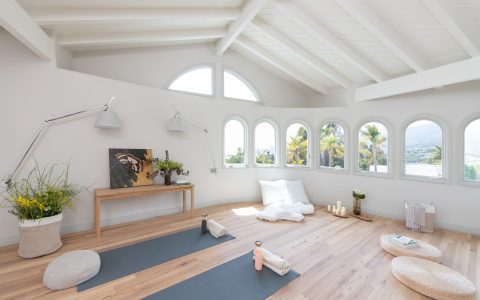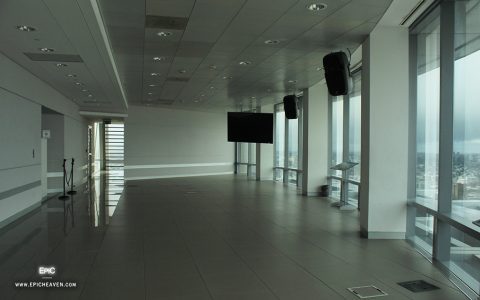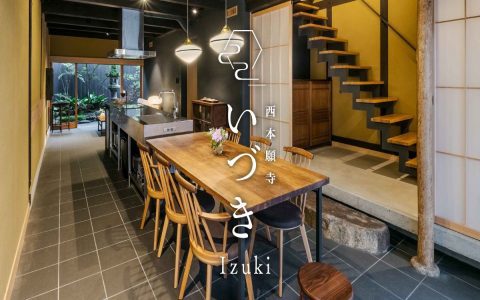Architecture Mountain refers to the specialized field of designing and constructing buildings in, on, or drawing inspiration from mountainous environments. It addresses the unique challenges and opportunities presented by dramatic topography, extreme climates, and sensitive ecosystems.
Core Tenets of Architecture Mountain
Several core tenets guide the practice of Architecture Mountain, ensuring that structures are both functional and harmonious with their powerful settings:
- Contextual Sensitivity: A profound respect for the existing landscape, including topography, geology, flora, and fauna. Designs aim to minimize site disturbance and integrate visually with the natural surroundings.
- Climatic Response: Buildings must withstand harsh conditions such as heavy snowfall, high winds, extreme temperature fluctuations, and intense solar radiation. This influences material selection, structural design, and building orientation.
- Material Honesty and Durability: Preference is often given to locally sourced, robust materials like stone, timber, and corten steel that age well and endure the elements.
- Structural Ingenuity: Complex terrain often necessitates innovative structural solutions, including cantilevers, deep foundations, and forms designed to shed snow or resist seismic activity.
- Experiential Connection: Design often focuses on maximizing views, framing the landscape, and creating spaces that foster a deep connection between occupants and the mountain environment.
Key Design Strategies
Architects employ various strategies when approaching Architecture Mountain projects:

- Site Adaptation: Buildings may be terraced into slopes, partially submerged, or elevated on pilotis to adapt to steep gradients and minimize excavation.
- Protective Envelopes: Robust building envelopes with high insulation values, durable roofing, and strategically placed openings are critical for energy efficiency and occupant comfort.
- Orientation and Massing: Careful consideration of solar gain, prevailing winds, and avalanche paths dictates building orientation and overall form. Compact massing can help reduce heat loss.
- Sustainable Integration: Incorporating principles of sustainable design, such as passive solar heating, natural ventilation, renewable energy sources, and responsible water management, is increasingly vital in these fragile environments.
Challenges and Considerations
Designing and building in mountainous regions presents significant challenges:
- Logistical Complexity: Remote locations often mean difficult access for materials and labor, increasing construction time and cost.
- Geotechnical Risks: Slope stability, avalanche danger, and seismic considerations require thorough site analysis and specialized engineering.
- Environmental Impact: Construction activities must be carefully managed to protect delicate ecosystems and water sources.
- Regulatory Hurdles: Stringent planning regulations and environmental protections are common in mountain areas.
Ultimately, successful Architecture Mountain transcends mere construction; it involves creating structures that are resilient, respectful of their context, and capable of enhancing the profound experience of the alpine world.







